Critical Thinking in the Social Studies Classroom
JUNE 17, 2024
Today’s students are growing up in a highly interconnected, complex and global world—which means social studies, history and civic education have never been so important. To understand contemporary issues and participate fully in civic life, students need a solid grounding not only in basic facts, but also in essential critical thinking skills. Thinking Maps can help students develop the thinking skills they need to ask relevant questions, detect bias and misinformation, connect past and current events, and understand the changing world around them.
The Importance of Critical Thinking in Social Studies
Social studies education is about much more than naming the three branches of government or reciting a list of Revolutionary War battles. In a recent survey of K-12 social studies teachers by the American Historical Association (AHA), 97% of teachers identified critical thinking as one of the top goals of social studies education, followed closely by informed citizenship. Higher-order thinking skills such as making connections and inferences, evaluating sources, drawing conclusions, and forming opinions are key not only in the classroom but also in the voting booth and other aspects of civic life.
Social studies education aims to cultivate these essential skills, enabling students to navigate the complexities of our modern world effectively. Some of the key goals of social studies education include the following.
- Building Informed Citizens: One of the primary objectives of social studies education is to prepare students to be informed and engaged citizens. This involves understanding the principles and functioning of democracy, the rights and responsibilities of citizens, and the significance of civic participation. Critical thinking is fundamental in this process, as it allows students to evaluate political rhetoric, understand policy implications, and engage in meaningful discussions about governance and public policy.
- Navigating Information and Media Literacy: In today’s digital age, the ability to critically evaluate information is more important than ever. With the proliferation of information (and disinformation!) from diverse sources, including social media, news outlets, and online platforms, students must develop strong media literacy skills. Social studies education plays a crucial role in teaching students how to identify credible sources, recognize bias, and avoid disinformation. Critical thinking in social studies involves scrutinizing primary and secondary sources, understanding the context and perspective of the information presented, and questioning the authenticity and reliability of data.
- Addressing Complex Global Issues: The world today faces numerous complex and interconnected challenges, such as climate change, global health crises, and social inequality. Social studies education equips students with the knowledge and skills to understand these issues, analyze their root causes, and explore potential solutions. Critical thinking is essential for unpacking the complexities of these global challenges and considering the perspectives of various stakeholders.
- Enhancing Problem-Solving and Decision-Making Skills: Critical thinking in social studies also enhances students’ problem-solving and decision-making abilities. By engaging with historical case studies, current events, and hypothetical scenarios, students learn to apply analytical skills to real-world situations. This involves identifying problems, evaluating possible solutions, considering the consequences of different actions, and making reasoned decisions.
Fostering Empathy and Cultural Understanding: Another important aspect of social studies education is fostering empathy and cultural understanding. By studying diverse cultures, histories, and perspectives, students develop a deeper appreciation for the experiences of others. Critical thinking plays a key role in this process, as it encourages students to consider multiple viewpoints, understand the context of different cultures, and reflect on their own biases and assumptions.
Developing Critical Thinking Skills for Social Studies
Thinking Maps can help students master social studies content and hone the critical thinking skills they need to be informed citizens and active participants in our democracy. They are vital tools in the social studies classroom that can be used across all social studies disciplines: history (ancient, modern, American and world), geography, civics and government, economics, political science and sociology. The visual Thinking Maps are simple enough to be applied even at the PreK level, but powerful enough to be used for analysis of complex information in high school, college, grad school and beyond.
Here are a few ways that Thinking Maps can be used to develop critical thinking in social studies.
Enhancing Comprehension of Social Studies Content and Concepts
Thinking Maps enable students to visually organize complex information, making it easier to understand relationships between concepts and events. For instance, students can use Thinking Maps to understand the sequence of historical events or categorize information about historical periods, geographic regions, or economic systems. This visual organization helps students see patterns and connections that might not be immediately apparent. By breaking down information and making it visual, Thinking Maps reduce the cognitive load of learning and improve comprehension and retention of complex information.
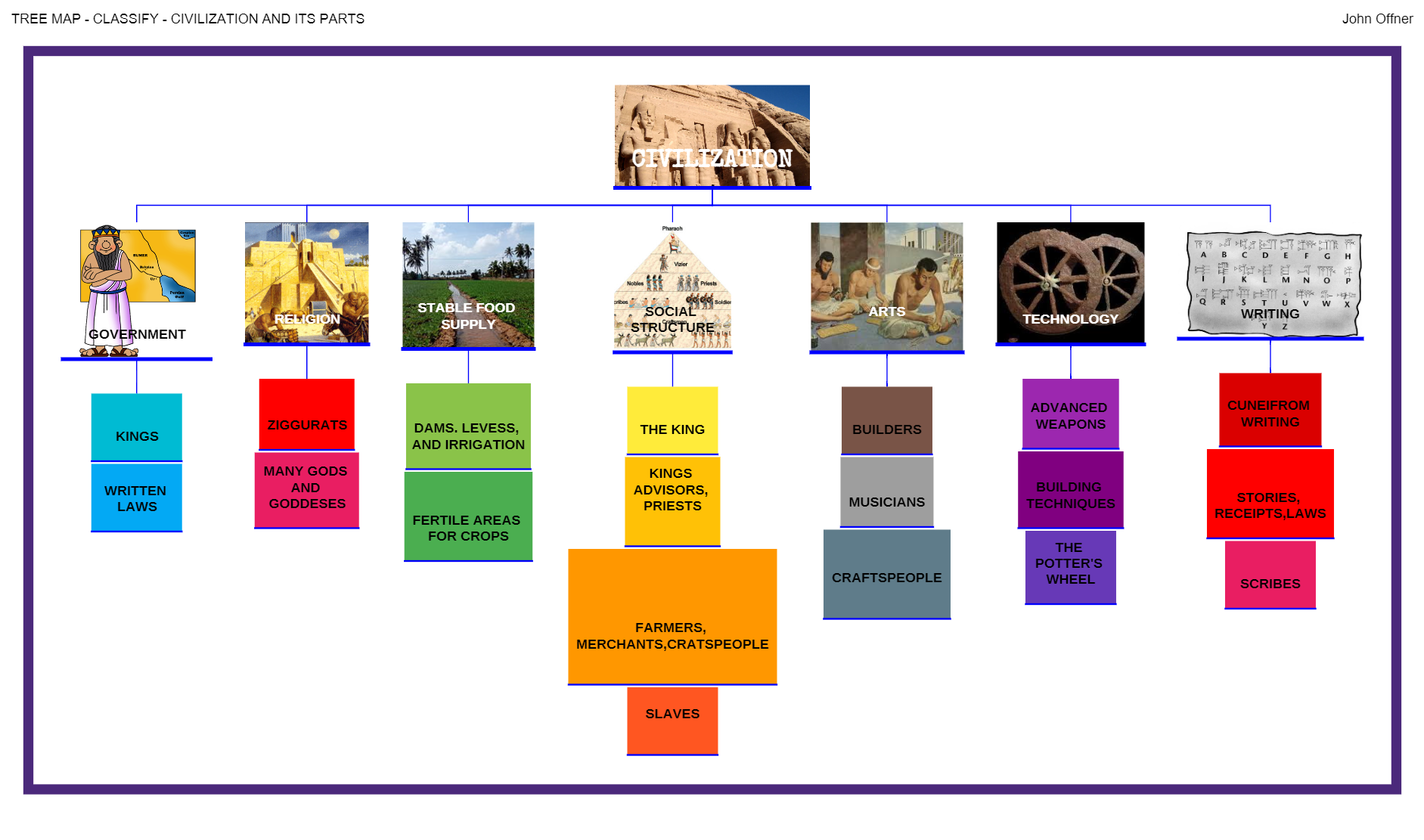

Building Metacognitive Skills
Thinking Maps support reflection and metacognitive processes by making students’ thinking visible. After completing a unit, for example, students can create Thinking Maps to reflect on what they have learned, how their understanding has evolved, and what questions remain. This reflective process enables deeper comprehension and helps students develop an awareness of their own learning processes.
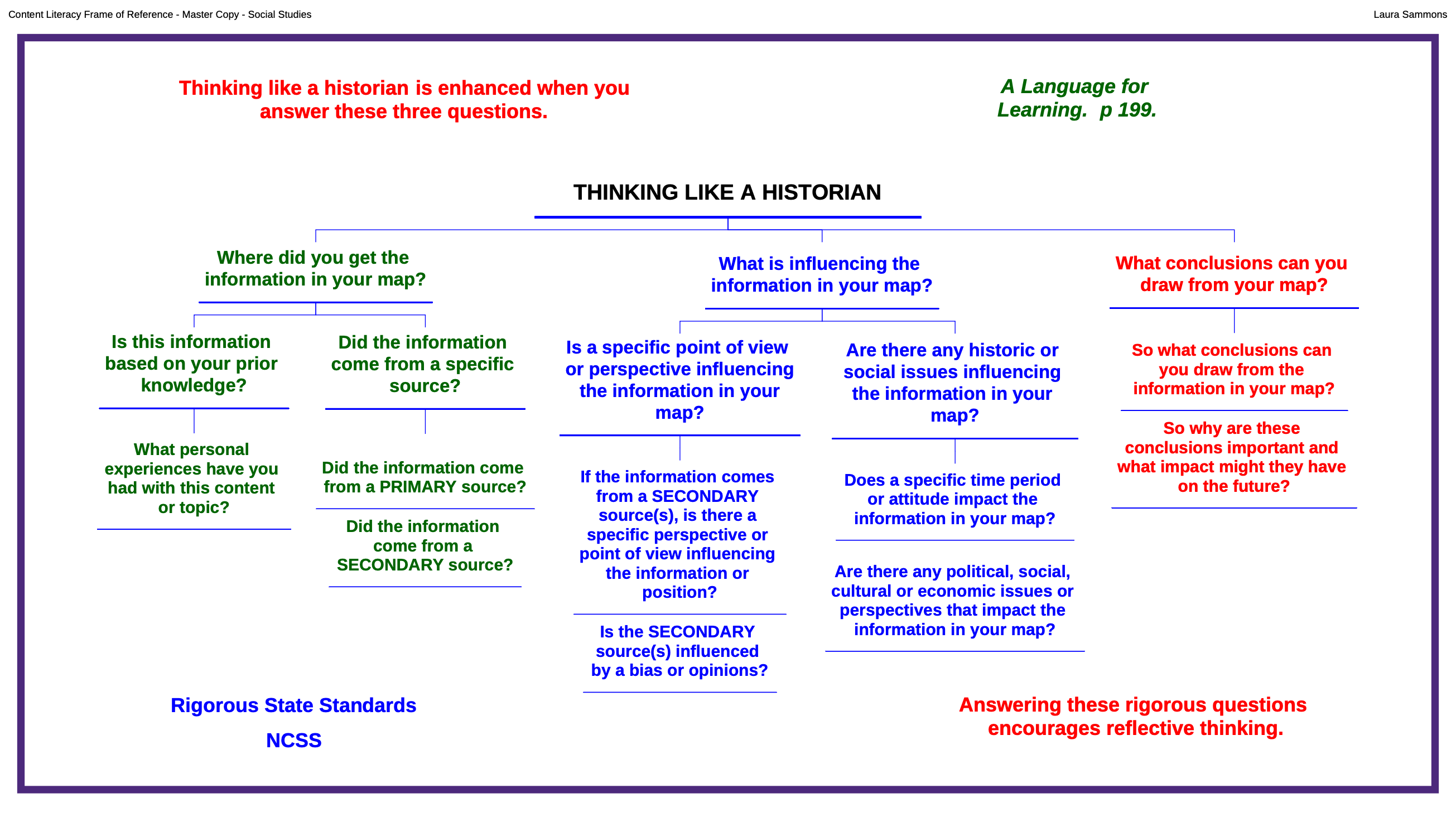
Understanding Historical Events
Thinking Maps help students analyze historical events, put them in context, and make connections across time and geography. For example, students can use a Flow Map to understand the sequence of events, a Multi-Flow Map to analyze the causes and effects of an event, a Double-Bubble Map to compare and contrast two different events or time periods, or a Tree Map to classify events, civilizations or time periods.
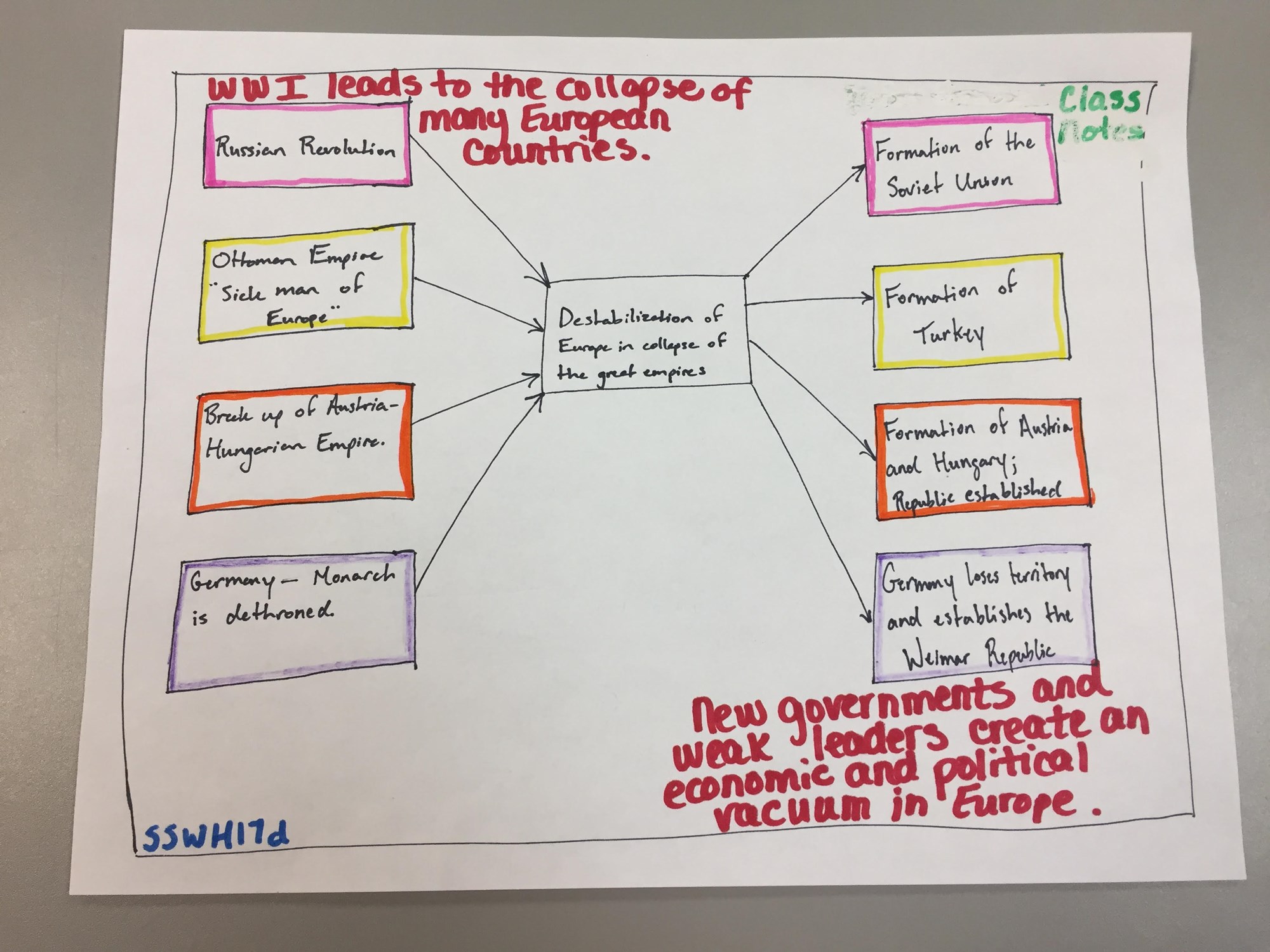
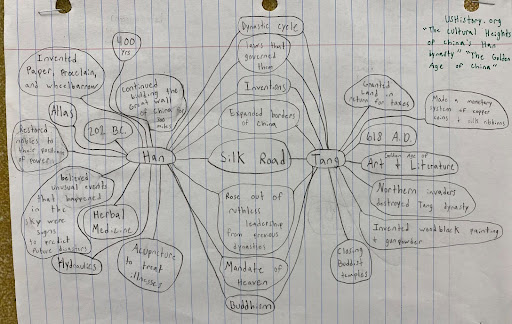
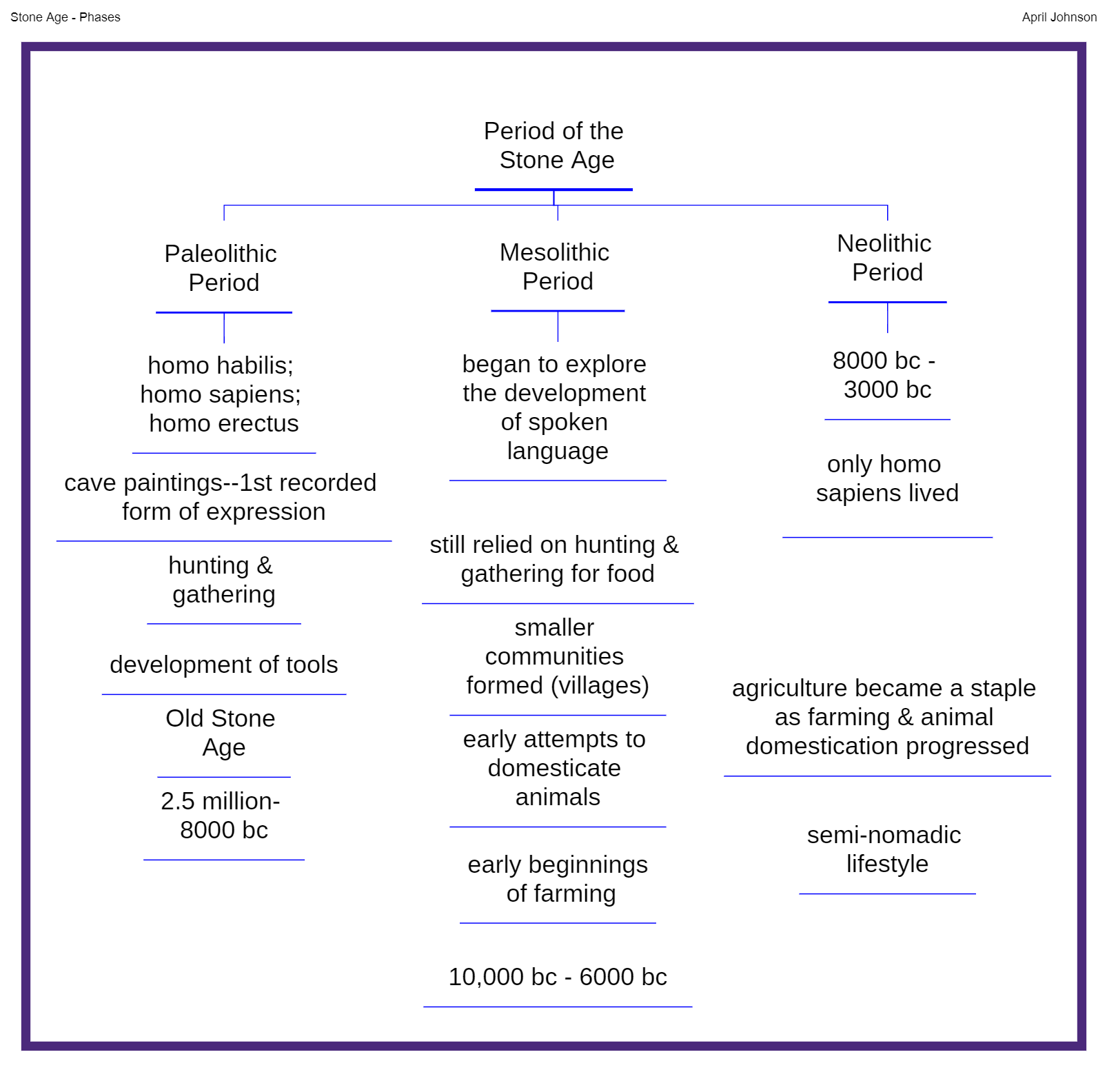
Evaluating Sources, Points of View and Influences
Students also learn to use the “Frame of Reference” to evaluate sources, identify influences and points of view, and draw conclusions from information. This type of reflective thinking helps students learn to “Think Like a Historian” when analyzing historical events and information.
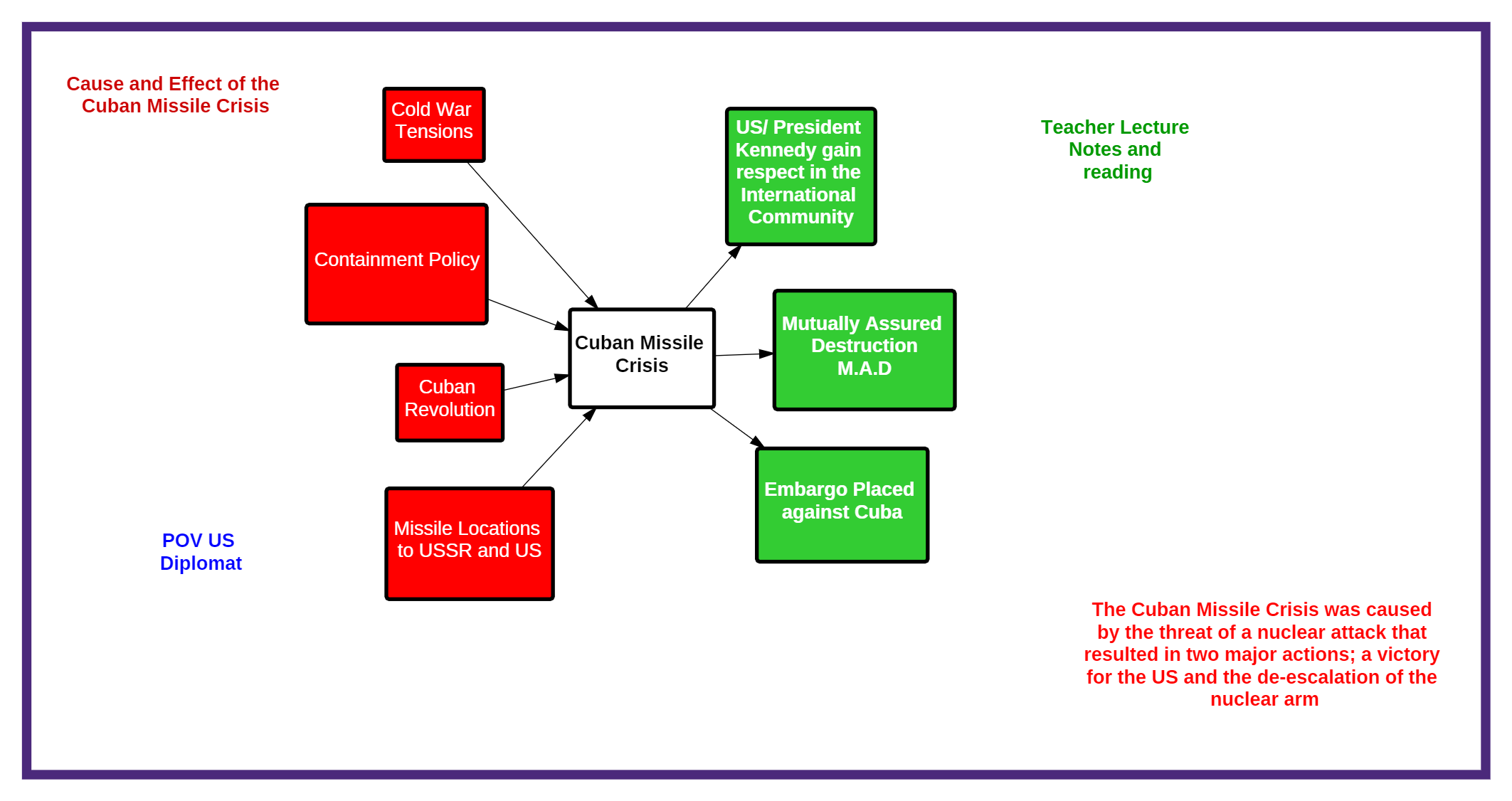
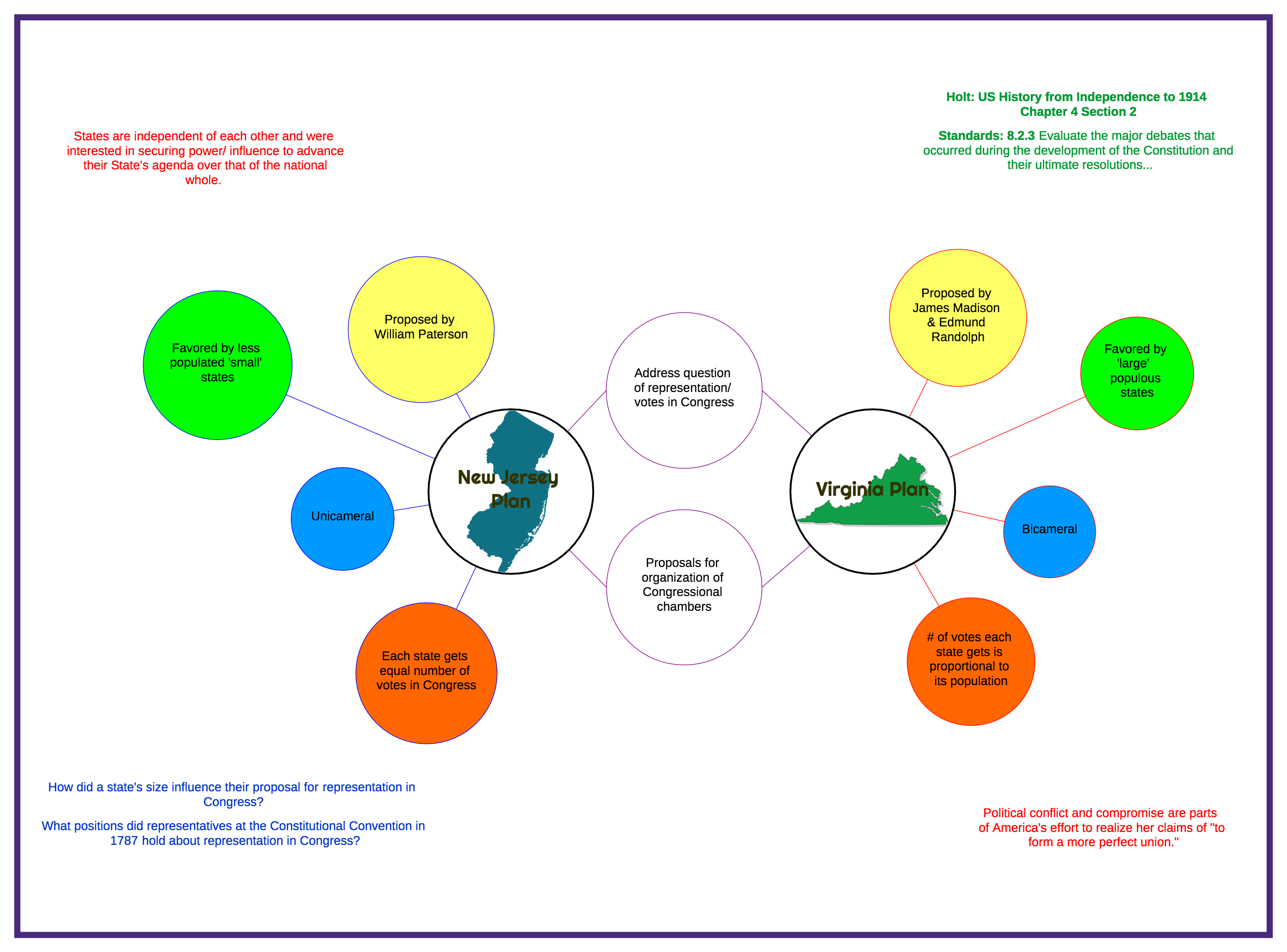
Analyzing Current Events and Issues
Thinking Maps facilitate the critical analysis of current events and issues by encouraging students to examine various aspects of a topic systematically. For instance, when analyzing a political decision, students can map out the different stakeholders, their motivations, and the potential impacts of the decision. They can also use Thinking Maps to make connections between current events and their historical roots. This systematic analysis helps students develop a more nuanced understanding of complex issues.
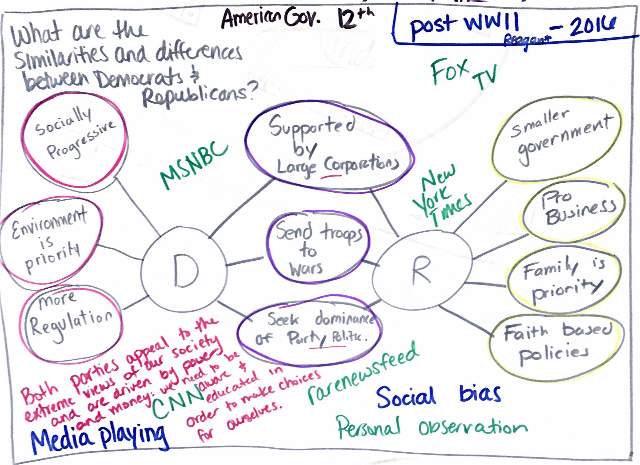
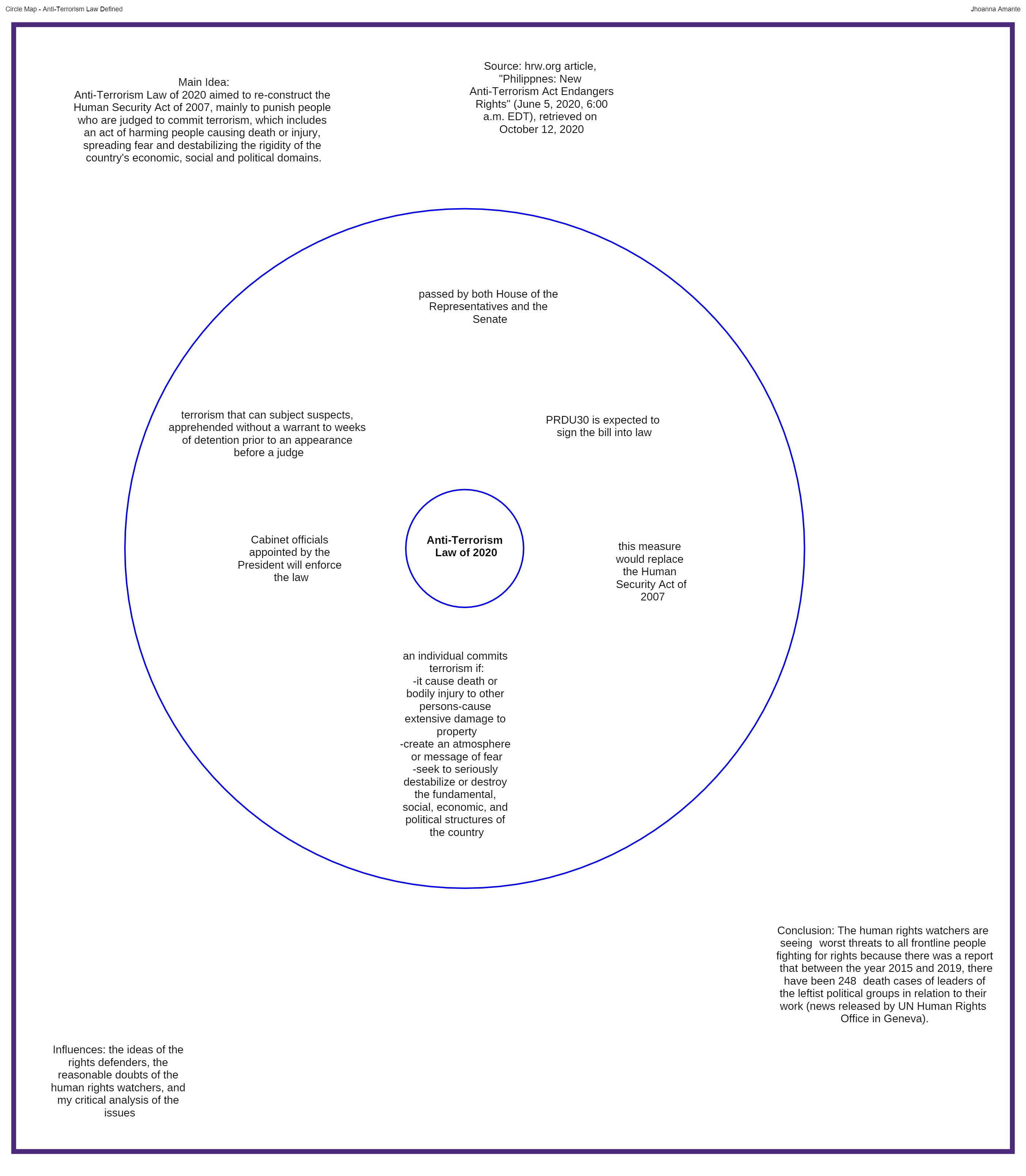
Problem Solving and Decision-Making
Thinking Maps support structured problem-solving and decision-making processes by outlining steps and considerations visually. When addressing a contemporary social issue, for instance, students can map out potential solutions, weigh pros and cons, and plan actions based on their analysis. This structured approach helps students develop effective problem-solving skills.
Questioning and Inquiry-Based Learning
Students learn to use Thinking Maps and the Frame of Reference to ask better questions and provide a framework for developing their own answers. Rigorous questioning is an important element of thinking historically and analyzing current events. Thinking Maps are also ideal for project-based learning and inquiry-based learning, where students generate questions, seek out information, and synthesize their findings. This inquiry-based approach promotes critical thinking and deeper learning in the social studies classroom.
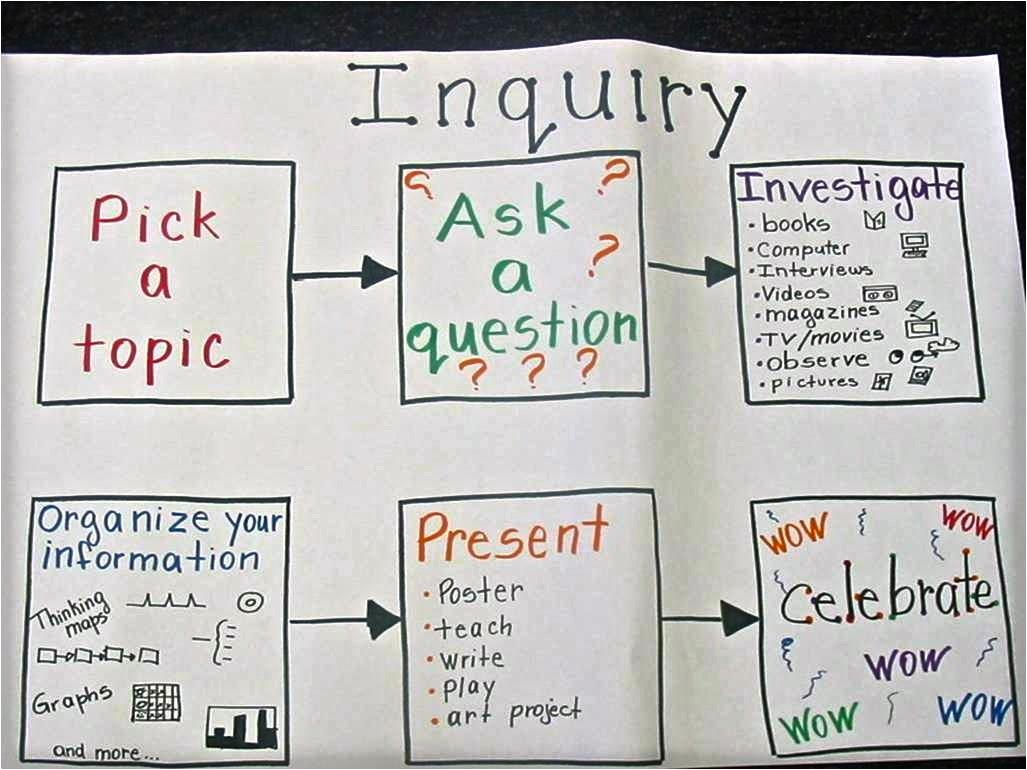
Want to know more about how Thinking Maps can be used in social studies? Contact your Thinking Maps Representative.
Continue Reading
November 24, 2025
Critical thinking is having a moment in education, but in many classrooms, it is still more slogan than reality. Drawing on their district- and classroom-level work with Thinking Maps, we were joined by four practitioners who shared what it really looks like to build a culture where students—not teachers—do the heavy cognitive lifting. Here are their 5 key takeaways.
October 16, 2025
Across classrooms today, artificial intelligence is reshaping how students access and produce information. While AI can generate answers instantly, it often interrupts the deeper process of thinking and reflection that makes learning meaningful. The challenge for educators is not whether to use AI, but how to ensure students continue to engage in authentic, critical thought when it is present.
May 1, 2025
Artificial Intelligence (AI) is transforming education, from custom content in a minute to personalized learning. But with this surge in AI adoption comes a critical challenge for educators and students alike—the need to strengthen critical thinking skills. While AI offers immense potential, it cannot replace the human ability to think analytically, question assumptions, and make independent judgments.
January 15, 2025
Rather than simply memorizing facts, students with strong critical thinking skills learn how to connect ideas, identify patterns, and make informed decisions—key abilities in a rapidly changing world. These higher-order thinking skills at the core of critical thinking push students beyond rote learning to actively engage with content. In fact, closing the critical thinking gap is one of the most effective ways to accelerate learning for students who are struggling to learn grade-level content.